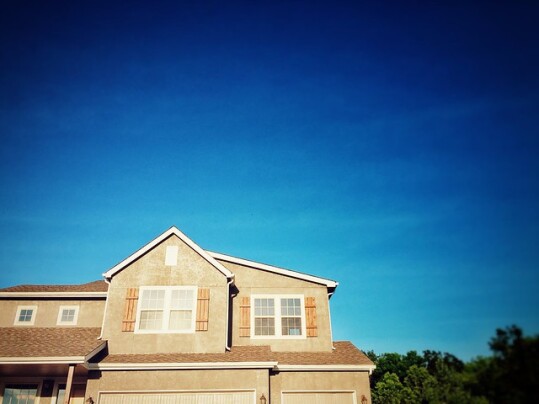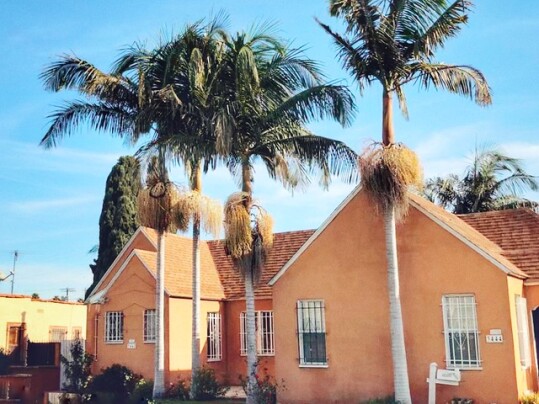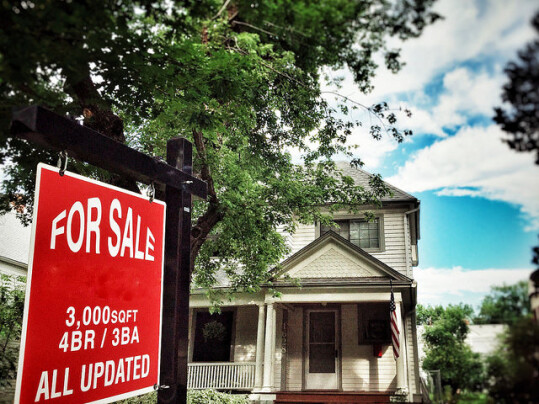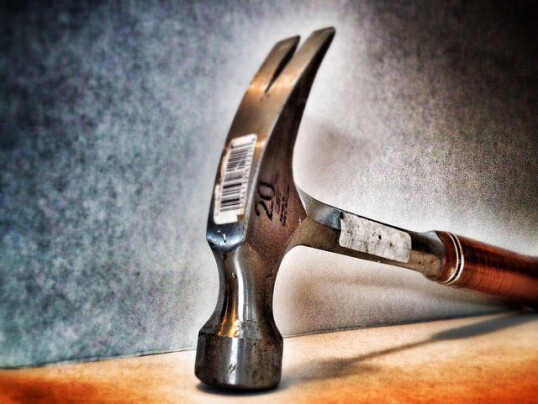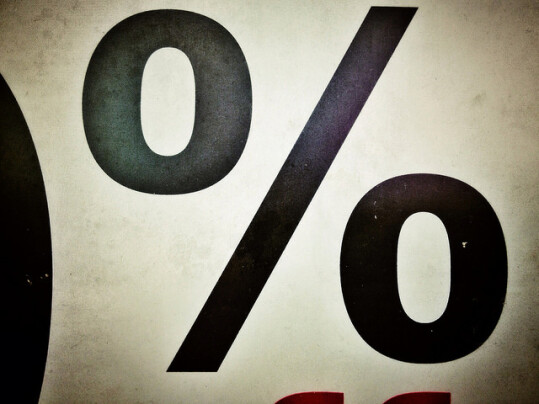Sales of newly built, single-family homes rose more than expected in January, according to new numbers released by the U.S. Census Bureau and the Department of Housing and Urban Development. Sales were up 4.3 percent from December’s pace, which is significantly better than the 2.1 percent improvement economists expected. The combination of a lower-than-normal number of homes for sale and a higher-than-normal level of buyer demand has new-home sales booming this winter. In fact, they are 19.3 percent higher than they were last year at the same time. The report found sales were mostly in the $200,000 to $749,000 price range. Also, prices rose 5.3 percent from one year earlier, with the average sales price reaching $408,800 in January. The median sales price of new homes sold during the month was $346,400. At the end of the month, there was a seasonally-adjusted estimate of 307,000 new homes for sale. That represents a 4-month supply at the current sales pace. (source)
Archive for February 2021
Mortgage Rates Up In Latest Survey
According to the Mortgage Bankers Association’s Weekly Applications Survey, average mortgage rates increased last week from the week before. Rates were up for 30-year fixed-rate mortgages with both conforming and jumbo balances, loans backed by the Federal Housing Administration, and 15-year fixed-rate loans. As a result, demand for mortgage applications fell from the previous week. Joel Kan, MBA’s associate vice president of economic and industry forecasting, says the housing market remains strong. “The housing market in most of the country remains strong, with activity last week 7 percent higher than a year ago,” Kan said. “The average loan size of purchase applications increased to a record $418,000, in line with the accelerating home-price growth caused by very low inventory levels.” The week-over-week decline in application demand was also due, in part, to severe weather in Texas. The state saw a more than 40 percent drop in application demand last week. The MBA’s weekly survey has been conducted since 1990 and covers 75 percent of all retail residential mortgage applications. (source)
Home Prices Have Best Year Since 2013
The S&P Case-Shiller Home Price Indices has collected home price data for the past 30 years and is considered among the leading measures of U.S. home values. Their most recent release, which covers data through the end of 2020, shows last year’s home-price performance was one of the best in index history. Craig J. Lazzara, managing director and global head of index investment strategy at S&P, says prices have been accelerating since June of last year. “As COVID-related restrictions began to grip the economy in early 2020, their effect on housing prices was unclear,” Lazzara said. “Price growth decelerated in May and June, and then began a steady climb upward, and December’s report continues that acceleration in an emphatic manner. 2020’s 10.4 percent gain marks the best performance of housing prices in a calender year since 2013.” Phoenix, Seattle, and San Diego were the cities reporting the biggest year-over-year price gains – though all but one of the included metros reported price increases over the previous year. (source)
When Will Housing Market Begin To Cool?
High buyer demand and low for-sale inventory have made for a hot housing market. Homes are selling quickly and buyers are having to compete for available listings. But, according to the most recent outlook from Fannie Mae’s Economic and Strategic Research Group, the market is expected to cool off at some point this year. When that happens is still a little uncertain, however. “While housing is still expected to moderate in the new year from its unsustainably high pace in the second half of 2020, the ESR Group did upwardly revise its 2021 sales forecast on new data suggesting that the expected cooling will occur over a longer time frame than previously anticipated,” the group writes. In some ways, the economy and housing market’s behavior this year is dependent on how quickly and effectively the coronavirus vaccine can be distributed. The ESR group expects that its distribution will help boost economic growth and support high levels of interest from home buyers. (source)
71% Of Homes Sell In Less Than A Month
The typical home for sale was on the market for just 21 days in January, according to the National Association of Realtors. That’s down from 43 days one year earlier. It’s yet another sign that fewer homes for sale has caused the homes that are for sale to sell quickly. So quickly, in fact, that 71 percent of the homes that sold in January were on the market for less than a month. Lawrence Yun, NAR’s chief economist, says home-buyer demand has started the year off strong . “Home sales continue to ascend in the first month of the year, as buyers quickly snatched up virtually every new listing coming on the market,” Yun said. “Sales easily could have been even 20 percent higher if there had been more inventory and more choices.” Low inventory continues to be the housing market’s biggest issue. The lack of homes for sale has caused more competition for available listings, higher prices, and fewer options for buyers. According to the NAR, total housing inventory is now at a 1.9-month supply. A six-month supply is considered a healthy market. (source)
Builders Confident In New Home Market
Home builders know the housing market. Their business depends on it. That’s why the National Association of Home Builders keeps a monthly measure of how confident they are in the market for newly built single-family homes. If builders are optimistic, chances are the market is doing well. In February, the index – which scores builders’ responses on a scale where any number above 50 indicates more builders view conditions as good than poor – was up one point to 84, just below its all-time high. Robert Dietz, the NAHB’s chief economist, says there are several factors keeping builders positive. “Demand conditions remain solid due to demographics, low mortgage rates, and the suburban shift to lower cost markets, but we expect to see some cooling in growth rates for residential construction in 2021 due to cost factors, supply chain issues, and regulatory risks,” Dietz said. Despite those challenges, index components gauging current sales conditions and expectations for the next six months both show home builders are feeling optimistic about the 2021 market. (source)
Mortgage Rates Increase But Remain Low
According to the Mortgage Bankers Association’s Weekly Applications Survey, average mortgage rates increased last week from one week earlier. Rates were up for both 30-year fixed-rate mortgages with conforming loan balances and 15-year fixed-rate loans. Loans backed by the Federal Housing Administration fell slightly while jumbo loans were unchanged. Despite rising in recent weeks, mortgage rates remain historically low. However, the uptick has caused application demand to fall. In fact, it was down 5.1 percent last week from the week before. Joel Kan, MBA’s associate vice president of economic and industry forecasting, says the purchase market is still strong. “Conventional and government applications to buy a home declined last week, but purchase activity overall is still strong – up 15 percent from last year,” Kan said. Also in the report, the average loan size has hit another record high. It’s now $412,200. The MBA’s weekly survey has been conducted since 1990 and covers 75 percent of all retail residential mortgage applications. (source)
